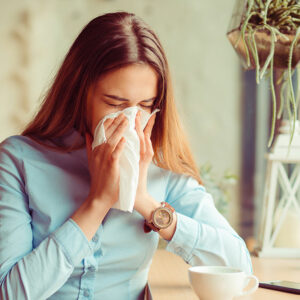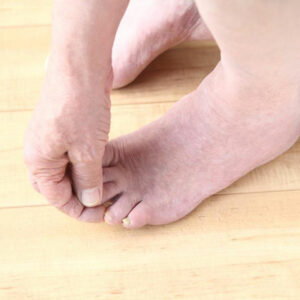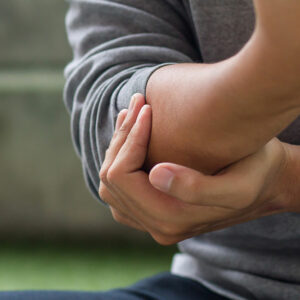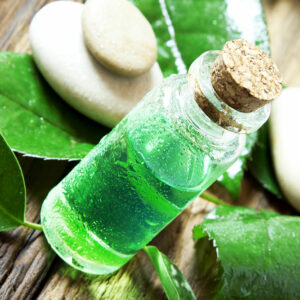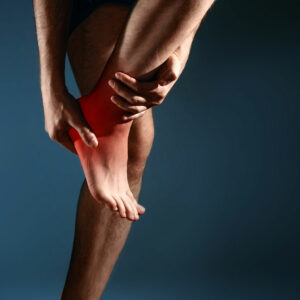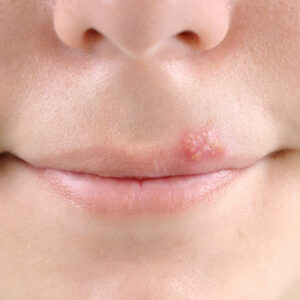
01
Tips to Treat Cold Sores Effectually
A cold sore appears as a blister that is filled with fluid beneath the skin surface on the lips or around the mouth. This source can break open and ooze. Sometimes it can last up to ten days, and during these days feeling uncomfortable and excess pain is common. How to get rid of cold sores? Cold sores are a symptom of the herpes simplex virus, even though HSV-2 also causes cold sores. When you first contract the virus, you will experience a break out in a few days, and sometimes the breakout is accompanied by a sore throat, headache, fever, as well as aches and pains. If the virus doesn’t leave your body after that initial breakout, it remains dormant in the nerve cells. Due to this, flare-ups occur at any time, and they can be triggered by surgery, hormonal fluctuation illness, fever, sun exposure, and stress. Although cold sores are unavoidable, you still have some things you can do to shorten the cold sore breakout duration. Listed below are some of the best cold sore remedies you can consider to help you get rid of cold sores. Tea tree oil One of the best cold sore treatments is tea tree oil because it contains strong antiviral properties capable of killing the HSV-1 and can fasten the healing process. Take a cotton swab, and apply some tea tree oil then apply it on the sore directly. Make sure you repeat this process several times throughout the day before you retire to bed. This will dry up the sore and make it disappear. Ice Ice is a remedy that works wonders for most simple irritations. It reduces the swelling and makes the cold sore heal. To get relief, rub an ice cube on the sore, and this will reduce the itching and swelling.
Read More 